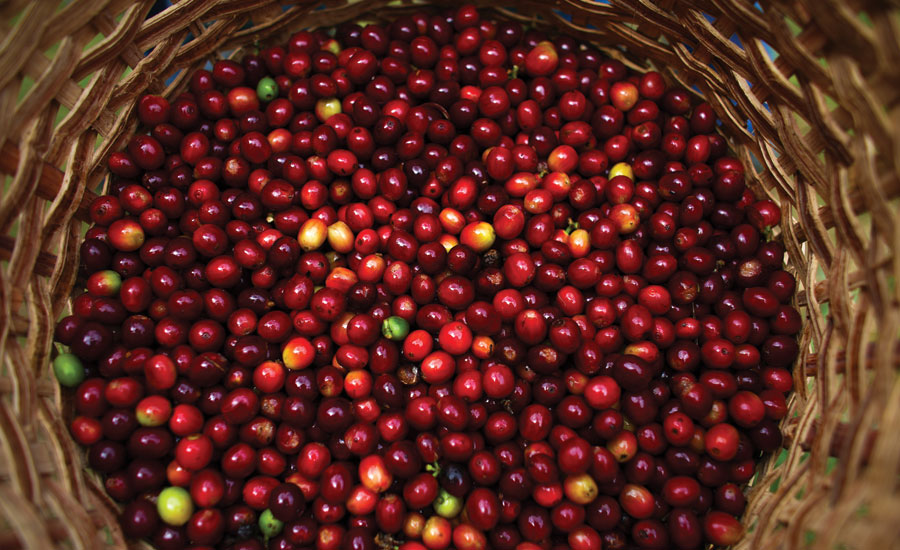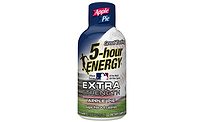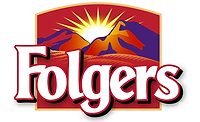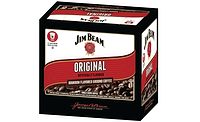As a get-up-and-go beverage, ready-to-drink (RTD) hot, iced and cold-brew coffee continues to fuel consumers in the morning and throughout the day. The emergence of “craft coffee” with new flavors like cherry and more functionality also is contributing to the use of coffee as an ingredient in energy drinks, dairy and non-dairy products, cappuccinos, lattes and spirits.
“Coffee can be used in non-coffee-centric beverages for its caffeine content and for its unique flavor qualities,” says John Wilson, marketing manager at Allen Flavors Inc., Edison, N.J. “Natural caffeine from coffee can be used as an ingredient for energy and sports performance drinks and shots. We currently use coffee’s flavor qualities in chocolate milk. At low levels, coffee can add a roasted character to nearly anything without adding very much caffeine to the final product.”
The emergence of the third-wave coffee culture also is positioning coffee as a more elevated product in more channels, says Heidi McCormack, marketing manager at Finlay Extracts & Ingredients USA Inc., Lincoln, R.I. “There is a growing trend for innovative coffee beverages both within RTD beverages and foodservice,” she explains. “From cold-brew RTDs to nitro coffee served on tap at your local coffeehouse to iced lattes at fast-casual foodservice locales, coffee has become much more than just a morning pick-me-up.”
Familiarity and functionality
Hailed as a healthy energy drink by many consumers, coffee also has protective, natural health benefits because it is plant based, notes John Buckner, vice president of marketing for Concord, N.C.-based S&D Coffee and Tea.
“The caffeine is accepted, partially because it is inherent in coffee versus added,” he says. “Consumers love the taste, and they derive energy from it. It helps that coffee is natural — people know it is plant based.
“With Bai and other brands, [consumers] are beginning to learn that the coffee cherry is really a fruit, which surrounds a seed that eventually becomes our coveted roasted bean,” he continues. “So, coffee landed in the ‘better-for-you beverage’ tag and that is significant for our future.”
Kevin Goodner, product manager of essences and extracts at Synergy Flavors, Wauconda, Ill., also highlights coffee’s familiarity and functionality.
“We are seeing coffee used as preferred, untarnished flavor instead of as a source of caffeine,” Goodner says. “For example, coffee liqueurs have traditionally been very sweet or dairy based. Now, coffee spirits and alcoholic beverages are being formulated to be lighter, more refreshing and leave the coffee in its most pure form within the product.”
He adds that coffee is a great bitterness masker in protein products, like sports nutrition drinks.
Yet, scalability can present challenges when formulating with coffee, notes Amelia Bay’s Vice President of Sales John Harper Crandall. “Brewed coffee, as well as cold-brewed coffee, change rapidly over time. Therefore, ingredients should be used and put into final formulation as quickly as possible.
“Scalability can be a challenge with cold-brewed coffee due to batch size and time constraints,” he continues. “Coffee tends to change in flavor profile much faster than brewed-tea ingredients and should be batched and bottled over a shorter time period.”
The Swanee, Ga.-based company offers brewed and cold-brewed liquid coffee extracts from many different bean varietals that are ideally suited for flavored and sweetened beverage applications. They also maintain flavor consistency and robust quality, Harper Crandall says.
Allen Flavors’ Wilson notes that beverage-makers should take into account the desired caffeine content and the end product to determine the best ingredient to use. “Instantized coffee powers can contain 4 percent or more caffeine by weight,” he says. “Allen Flavors’ dry-mix products use a dry form of coffee, while our RTD coffee or flavored milks sometimes use fresh-brewed [coffee], liquid concentrates or a dry form of coffee. … Some forms are better than others but the gold standard is fresh-brewed coffee.”
Finlay’s Research and Development Manager Hilary Hursh adds that coffee varietals also can impact the final beverage. “Arabica coffees give complex coffee top notes, while Robustas offer a bold flavor and really cut through high-sugar and -fat systems,” she explains. “Manufacturers are often looking for something that they can talk about on their package and marketing materials: a particular country of origin, 100 percent Arabica, cold brew, Fair Trade, etc.
“Finlays provides liquid coffee extracts, spray-dried and freeze-dried options, as well as cold brew,” she continues. “We capture the full flavor, caffeine, aroma and essence of the coffee bean, delivering a true coffee experience in a convenient way.”
Due to its versatility and consumers’ worldwide love of coffee, the ingredient will continue to be used in coffee-forward beverages, teas, frozen dairy-based beverages, craft beers and spirits, says Allen Flavors’ Director of Product Development Frank Del Corso.
“We Americans love our caffeine fix, but we also believe that coffee, while a mature category, is in the middle of a renaissance in the United States,” Del Corso says. “With the mass acceptance of cold-brew coffee, it seems as though consumers are looking for new and exciting ways to enjoy their daily fix.” BI




